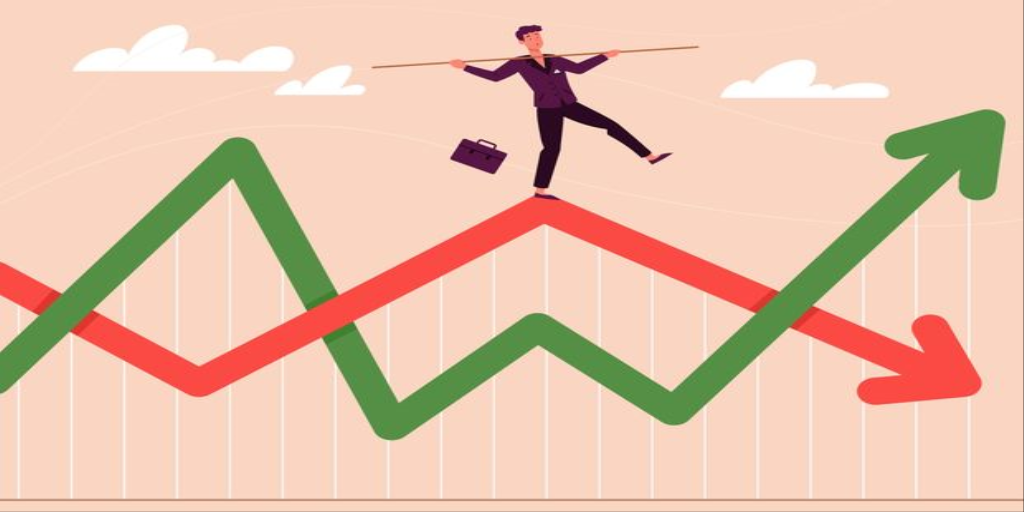In big data, a clear representation of information is critical for making sense of dense statistics. With the ability to rapidly process and interpret data being a key factor in decision-making, the line chart emerges as a highly effective tool. Companies, researchers, and data analysts frequently use it for its simplicity and clarity. Keep reading to understand why line charts are so important.
Understanding the Basics of a Line Chart
Alt text: A line chart filled in beneath the line against a black background.
The line chart, or line graph, is a type of chart used to display information in a series over time. It essentially connects individual numerical data points sequentially using straight lines.
Its primary axis (usually horizontal) often represents the progression of time, while the secondary axis (vertical) shows the measured value. These two axes form the line chart’s skeletal structure.
The data points connected by lines efficiently deliver an at-a-glance summary of the information. Whether this relates to trends, progressions, or regressions, a line chart succinctly captures fluctuating data in a way that is easy to understand.
Diving Deep Into the Components of a Line Chart
A line chart consists of several standard elements that make it effective for visual communication. These are the plot area, axes, data points, gridlines, labels, and the legend.
The plot area is the actual space where the data is graphed, enclosed by the axes. The axes hold the scale of measures and gridlines that help the viewer understand the values better.
Data points marked on the chart convey specific values at different periods. These points are linked by straight lines that collectively follow a path—the ‘line’ in the line chart.
Finally, labels and the legend provide necessary information about what is being represented on the chart, serving as a key to the data for easy comprehension.
The Various Purposes of a Line Chart in Data Visualization
Line charts carry tremendous versatility in application. They serve myriad purposes in business, economics, science, academic research, and beyond.
In business, line charts primarily help track changes over time. They can represent sales growth, journaled expenses, monitoring of stock performance, and much more.
The realm of science sees them employed in tracking behavioral patterns in data over time, such as monitoring temperature changes, tracking changes in species populations, and more.
Ways Line Charts Benefit Businesses
Line charts offer immediate visual clarity. They simplify complex data, making it easy for anyone to understand the information presented, regardless of their statistical background.
Furthermore, they provide a linear perspective, which is excellent for identifying trends, patterns, or fluctuations in data over time. This helps businesses to be more data-driven in their decision-making processes.
Line charts can also compress large amounts of data into a simple visual, reducing the cognitive workload on the viewer and enabling quick, informed decisions.
In terms of communication, sharing line chart visualizations with business partners, stakeholders, or team members assures that everyone is on the same page—seeing and interpreting the same information.
Line Chart vs. Other Chart Types: Comparative Analysis
Alt text: A line chart with a red illuminated line against a dark background and the earth on the right side.
Line charts are similar to other charts, such as bar and pie charts. However, their distinction lies in efficiently displaying changes over time—something that other charts often struggle with.
For instance, while a pie chart can present a data snapshot at a particular moment, it lacks the temporal dimension a line chart offers. Similarly, while bar charts can also show changes over time, they seldom have the visual simplicity and clarity that line charts bring.
Line charts are an invaluable tool in data visualization. Their simplicity, clarity and the ability to manifest changes over time make them a preferred choice for data analysts and decision-makers globally. Moreover, their application ranges across various fields, attesting to their flexibility and adaptability.



